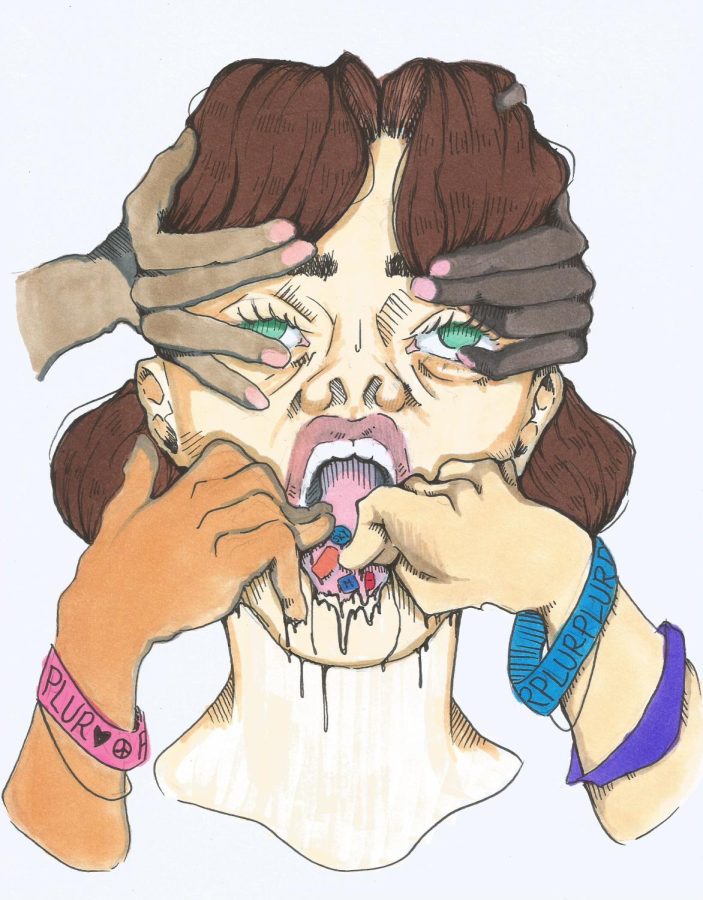What’s All the Rave About?
December 12, 2022
Rave culture began in the European music scene in the 1980s. With the popularity of raves growing, they began to pop up around America shortly after that. With rave culture comes drugs. Drugs were introduced around the 1980s as well. Ecstasy, methamphetamine and ketamine are just some of the drugs people take at raves. But, people do not know just how dangerous and detrimental they are.
One of the most popular party drugs is ecstasy. Ecstasy typically comes in a powder form that can be turned into a tablet so it is easier to take. The drug creates a sense of eupho- ria and enhances the experience the person is having. Some side effects include dehydration, anxiety, sweating, chills, impulsivity and irregular heartbeat, according to an article
Understanding rave culture can be more challenging because of the shifts it has gone through over the years. from June 2020 on the Agape Treatment Center website. Rave culture has been dubbed as something that promotes the message of “peace, love, unity and respect,” or PLUR. So it makes more sense for ravers to turn to taking drugs to heighten those feelings to have a good time, according to a review from June 2000 by Erica Weir of the Canadian Med- ical Association Journal. Weir continued to talk about raves and the fact that they typically do not sell alcohol. This is because there is no age restriction on attending many raves.
Understanding rave culture can be more challenging because of the shifts it has gone through over the years. The unique culture of raves introduced many new ideas, from PLUR to taking drugs for enjoyment.
“Raves had an alternative and deviant set of norms and behaviors. Dancing all night and into the early morning hours was the primary activity at a rave and identity markers catered to it. The dancing simultaneously embodied the val- ues of independence and connection, running consistent with PLUR and raves’ collective identity,” according to Tammy L. Anderson from the Wiley Online Library.
